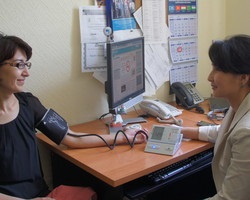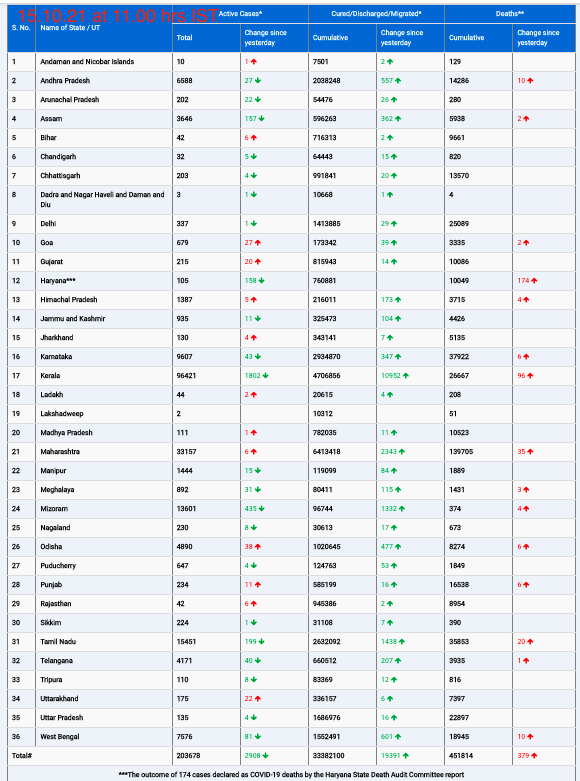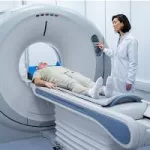Electronic muscle stimulators have gained attention as potential solutions for improving blood flow to the legs. Advertisements often promote these devices as effective tools for enhancing circulation, particularly for individuals suffering from conditions like peripheral artery disease (PAD). But what does the scientific evidence actually say?
Understanding Peripheral Artery Disease
Peripheral artery disease is a common condition, affecting over 10% of individuals aged 65 and above in the UK. It occurs due to blockages in the arteries of the legs, which can lead to intermittent claudication—a condition characterized by calf pain during walking, often described as “window-shopping legs.”
For individuals living with PAD, leg pain while walking can significantly impact daily activities, including social engagements and essential tasks like shopping. It may also affect employment and overall quality of life. Worse still, PAD is not just about discomfort; it has serious consequences. Within five years of diagnosis, 40% of individuals succumb to the disease, and another 10% undergo major leg amputations.
Standard Treatments for PAD
Medical professionals aim to slow disease progression, reduce heart attack risk, and prevent severe outcomes such as amputation. The primary treatment strategies include:
- Blood-thinning medications like aspirin
- Cholesterol-lowering drugs such as statins
- Smoking cessation programs
In addition to medications, walking is one of the most effective ways to improve symptoms. Supervised exercise programs have demonstrated remarkable benefits, often proving more cost-effective than surgical interventions like artery stenting. However, despite being recommended by the National Institute for Health and Care Excellence (NICE), only about 50% of UK patients have access to these programs.
Do Electrical Muscle Stimulators Work?
Electronic muscle stimulators function by sending electrical impulses that cause repeated contractions in the calf muscles. These devices, which resemble foot spas (without the water), are generally safe and well-tolerated, with no significant adverse effects reported.
Research has shown that they can increase arterial blood flow in both healthy individuals and those with PAD, but only while the device is in use. A 2023 study involving 200 PAD patients examined whether these devices improved walking distances. The study divided participants into two groups—those who had access to supervised exercise programs and those who did not. Half of the participants were randomly assigned to use electronic muscle stimulators for 30 minutes daily over three months.
Study Findings
After three months, the study found no significant difference in maximum walking distance between those who used the device and those who did not. However, individuals who combined electronic muscle stimulation with supervised exercise showed greater improvements in walking distance compared to those who only participated in exercise programs. Additionally, patients reported lower pain levels and improved scores in specific health-related quality-of-life assessments, although no overall quality-of-life benefits were recorded.
Another form of electrical stimulation, transcutaneous electrical nerve stimulation (TENS), has been explored for PAD patients. TENS uses weaker electrical impulses to block pain signals. A review of past studies suggested that TENS might improve walking distance, but the studies were small and not all were randomized trials, making the results less conclusive.
Final Verdict
While electronic muscle stimulators show some promise in alleviating PAD symptoms, their cost-effectiveness remains uncertain, and they are not currently recommended in official treatment guidelines. However, some patients do report benefits from their use. If used, these devices should complement—not replace—the cornerstone treatments of PAD: appropriate medications, smoking cessation, and consistent walking.
Disclaimer: This article is for informational purposes only and should not be considered medical advice. Patients with peripheral artery disease or other health conditions should consult their healthcare provider before using any new treatment, including electronic muscle stimulators.












